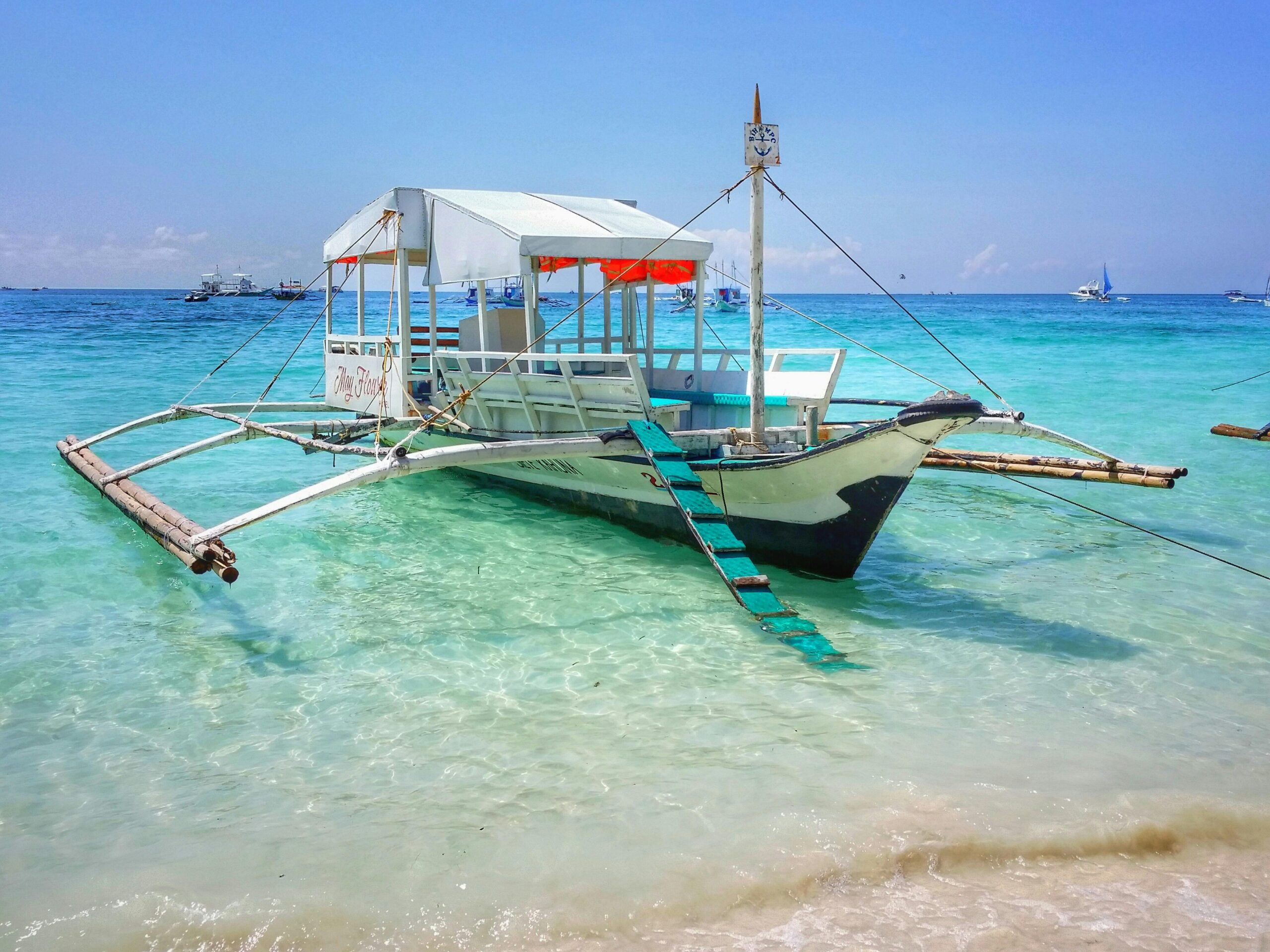Boracay: the name alone conjures images of powdery white beaches, electric sunsets, and the gentle lull of turquoise waves. Yet, there’s more to this celebrated Philippine paradise than meets the eye. As one of Southeast Asia’s top island destinations, Boracay has embraced transformation in recent years, balancing its natural splendor with the demands of tourism and sustainability. This article goes beyond the postcard-perfect shoreline, guiding readers through Boracay’s storied past, its current vibrant culture, eco-conscious reawakening, and the local community’s resilience—a lesson in evolving identity and mindful stewardship. Whether you’re planning your first visit or returning for another escape, there’s always something new to uncover in Boracay’s ever-changing landscape.
Pearl of the Philippines: A Natural Marvel
Boracay’s global identity rests on its breathtaking natural canvas. Its most iconic attraction remains White Beach, a stunning four-kilometer stretch renowned for its fine, iridescent sand and crystalline waters. But Boracay’s natural beauty extends beyond its postcard shoreline: hidden coves like Puka Shell Beach exude tranquility, while vibrant coral reefs teem with marine life for snorkelers and divers. The rolling landscape inland reveals lush coconut groves and butterfly gardens, inviting travelers to explore the island’s less-traveled ecological gems. These features, delicately preserved by nature, form the heart of Boracay’s enduring allure.
The Transformation: Sustainable Tourism and Environmental Revival
No discourse about Boracay is complete without its turning point—the 2018 rehabilitation. Faced with overwhelming tourism-related degradation, the Philippine government temporarily closed Boracay, initiating a large-scale clean-up and infrastructure overhaul. Stricter environmental laws were enforced, waste management improved, and tourist numbers regulated. This bold move not only rejuvenated the island’s fragile ecosystem, restoring pristine beaches and clear waters, but also set a new benchmark for responsible tourism. Boracay’s journey from near-collapse to sustainability serves as a model for other tourist hotspots, reshaping its popularity into a force for preservation rather than destruction.
Culture and Community: Heartbeat of the Island
At the center of Boracay’s tapestry lies its vibrant community. The Ati, the island’s indigenous people, along with long-time residents and new entrepreneurs, have all shaped Boracay’s multifaceted culture. Colorful festivals, such as the Ati-Atihan, showcase folklore and local traditions, while a thriving culinary scene offers flavors from Filipino classics to international fare. As tourism evolves, business owners and artisans adapt, keeping local crafts and traditions alive alongside the influx of global influences. The socio-economic shifts brought by tourism have challenged the community, but they have also sparked innovation, resilience, and renewed pride.
Adventure and Leisure: Diverse Experiences Await
Beyond its scenic vistas, Boracay invites all to discover new adventures. Water sports enthusiasts flock to Bulabog Beach for world-class kiteboarding and windsurfing, while tranquil boat rides around the island reveal hidden snorkeling spots and dazzling sunsets. Wellness has become increasingly important, with yoga retreats and spas nestled among palm trees. At night, lively beach bars and cultural performances invite everyone to celebrate life by the shore. This blend of relaxation and excitement ensures that Boracay remains endlessly appealing, catering to every kind of traveler.
Conclusion: Boracay’s journey from idyllic retreat to a paradigm of responsible tourism is both inspirational and instructive. The island’s unrivaled beauty, forged through both fate and human effort, now thrives alongside a collective resolve to protect it. Local culture, environmental stewardship, and a vast array of experiences echo throughout Boracay—making it more than just a tropical destination. It’s a living example of how nature, community, and responsible travel can harmoniously coexist. As Boracay continues to evolve, it beckons visitors not just to admire its wonders but to become part of its ongoing story of renewal and hope.
